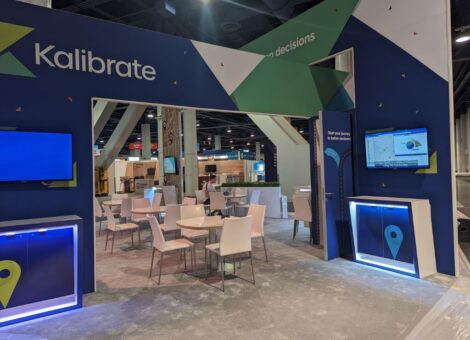Report: Unlocking the Full Power of Location Intelligence
Read more
Industry insights
Invest to protect your fuel retail network
In the third of a four-part series, investing to protect, we'll touch on categorizing sites based on their potential...

Platform duplication: The enemy of efficiency
Are parallel technology systems slowing down your decision-making and increasing costs? Learn how an integrated...

Meet the Kalibrate team: Chip Rodgers, Senior Director of Business Development
Meet Chip Rodgers, Senior Director of Business Development. In this video Chip tells us about his day-to-day role and...

Join us for a webinar - insight driven growth
Join our experienced panel to explore the insights that help inform business growth strategies at different levels of...

Meet the Kalibrate team attending ICSC Las Vegas 2024
Learn more about the team attending the ICSC show in Las Vegas.

Meet the Kalibrate team: Jordan Roberts, Director of Data Partnerships
Meet Jordan Roberts, our Director of Data Partnerships. In this short video, she describes her role and the reasons...

Petroleum pricing in Canada — the Q1 2024 report
Retail gasoline prices climbed in the first quarter, reaching a six month high in March, while diesel prices fell...

Kalibrate is attending ICSC Las Vegas
We're headed out to Las Vegas for the big ICSC show in May. Are you attending? Drop by and see Kalibrate at booth #5512P

Supporting our client's sales forecasting and site evaluation methodologies
The existing process was inconsistent, labor intensive, and oftentimes redundant without a clear, consistent...
